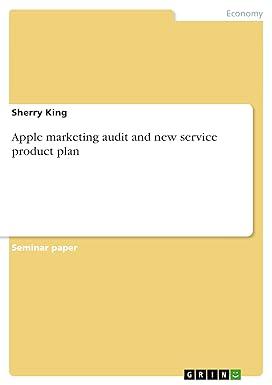Question
In 2000 Enron was the seventh largest company on the Fortune 500 list with sales of over $100 billion. From 1996 to 2000 revenues increased
In 2000 Enron was the seventh largest company on the Fortune 500 list with sales of over $100 billion. From 1996 to 2000 revenues increased more than 750%. A year later at the end of 2001, Enron declared bankruptcy. Some have concluded that because of Andersen's close ties to Enron their independence may have been impaired. You can get details from these articles below and other sources to gain insight in to the magnitude of fees Andersen was collecting, the work it was doing as an outsourced internal audit provider, and the close ties between Enron managment and Arthur Andersen employees.
Answer the following questions thouroughly. Support your answers with properly cited references (if possible).
1. Review PCAOB Rule 3520. What is audior independence and why is it important to the profession? What is the difference between independence in appearance and independence in fact?
2. Reference Section 201 of Sarbanes Oxley Act. Identify services that Andersen provided to Enron that are no longer allowed. Do you believe Section 201 was needed? Why or why not?
3. How would Sections 203 and 206 of the Sarbanes Oxley Act impacted the audits at Enron? Do you believe these sections were needed? Why or why not?
4. Do you believe Section 301 of the Sarbanes Oxley Act is important to maintain auditor independence? Why or why not?
Step by Step Solution
There are 3 Steps involved in it
Step: 1

Get Instant Access to Expert-Tailored Solutions
See step-by-step solutions with expert insights and AI powered tools for academic success
Step: 2

Step: 3

Ace Your Homework with AI
Get the answers you need in no time with our AI-driven, step-by-step assistance
Get Started


